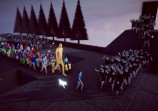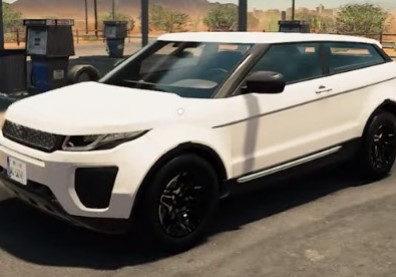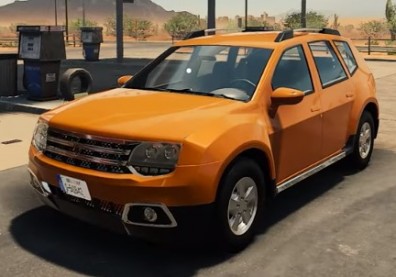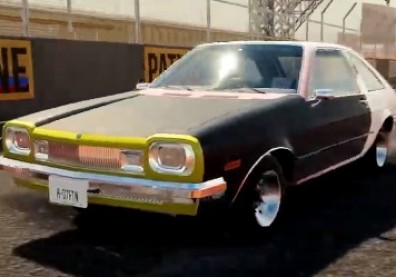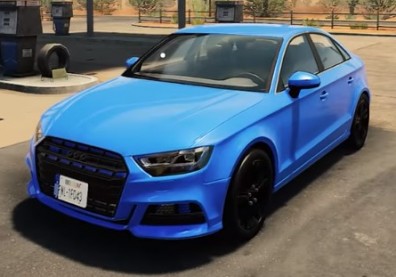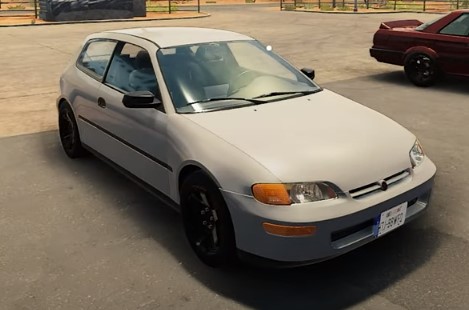
In Car Mechanic Simulator 2021, players can restore cars that are available in the game, whether if it is pre-installed, came from the downloadable content (DLC) car packs, or downloaded as a car mod from the Steam Workshop, using more than 4,000 car parts.
They can either sell it for additional profit and for future car projects, as well as added car parts and upgrades, or keep it as part of their garage collection.
They can also repair or restore different kinds of cars, ranging from classic Americana muscle cars to compact cars to sports cars to full-size sedans to hatchbacks to grand tourers to minicars.
One of the cars that are already installed in the game is the Katagiri Tamago, or in real life, it is the 1992 Honda Civic, a Fifth Generation variant of Honda's Civic line of subcompact cars that was manufactured from 1991 to 1995.
How to Restore a Katagiri Tamago
Players can find, and buy, the Katagiri Tamago in the Junkyard, the Barn, and the Car Auctions.
Once they have purchased the car, according to Boblas' YouTube video, they will wash its body and interior in the Car Wash, then they will move it to one of the Car Lifts that are in the Garage.
From there, they will drain the oil that is remaining inside the engine using the Oil Drain machine, then they will drain the rest of the fluids that are in their reservoirs such as the brake fluid, the coolant, the power steering fluid, and the windshield washer fluid using the Drain Tool.
Once they drained everything, they will disassemble the whole car, and get the parts that they will need to repair or replace, until what is left on the lift is the body frame, which can be repaired using the Wielding Machine, while its interior will be detailed.
Afterwards, they will repair the parts that they will still use in the restoration project by placing them on the Repair Tables that are in the Workshop. From there, they will play a mini-game where they will hit the green tabs accurately in order to fully fix the said parts.
On the other hand, the parts that are impossible to be fixed will be replaced instead with new parts, and will be sold for additional Credits and Scraps.
Once they got the repaired and replaced parts, they can start reassembling the whole Katagiri Tamago, starting with the engine, which is an I4 DOHC BFM. They can also swap it with either an I4 SOHC ABT, an I4 DOHC AQC, an I3 DOHC, an I4 DOHC BFM, an I4 DOHC Turbocharged, or an I3 DOHC Turbocharged.
In order to build the said engine on the Engine Stand, they will need the engine block, the crankshaft, the four pistons with their rings, the rod caps, the crankshaft bearing caps, the oil pan, the oil filter, the flywheel, the clutch plate, the clutch pressure plate, and the clutch release bearing.
They will also need the engine head, the exhaust manifold, the turbocharger, the camshafts, the camshaft caps, the spark plugs, the engine cover, the ignition coils, the intake manifold, the fuel injectors, and the throttle.
They will also need the cam gears, the timing chains, the timing covers, the alternator, the power steering pump, the water pump, the idler rollers, the serpentine belts, the belt tensioner, and the crankshaft pulley.
Once they finished building the whole engine, they will remove it from the Engine Stand, then they will install it inside the engine bay using the Engine Pulley.
Then, they will install the car's internal parts such as the gearbox, the starter, the battery, the reservoirs, the brake servo, the ECU type A, the radiator with its fan, the ABS pump and module, the air filter with its base, cover and clips, and the fuse box and cover with the new relays and fuses.
Then, they will install the rest of its parts, including those for the exhaust pipes, the suspension, and the braking system, as well as the tires and rims, the body kit, the lights, the windshield and other glass panels, and the parts for the interior such as the steering wheel and the seats.
Once they finished reassembling the whole car, they fill the engine and the reservoirs with a new batch of oil and other fluids, then they will paint the body with the color of their choosing in the Paint Booth.
Then, they will move it to the Test Path room to realign the lights and the wheels, as well as to test the newly-installed braking system.
Then, they will move it to the Dyno Test room to tune up the gears in the gearbox and perform a dyno test to check the performance of the newly-built engine. Once they are satisfied with the results, they can test run their very own restored Katagiri Tamago.
